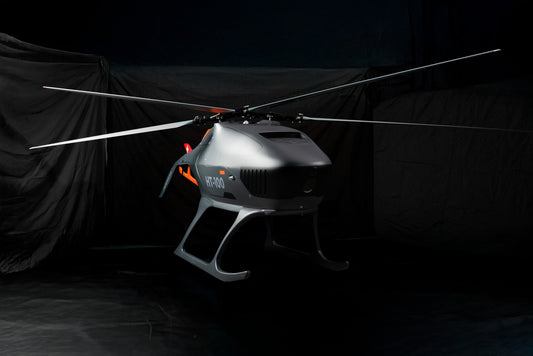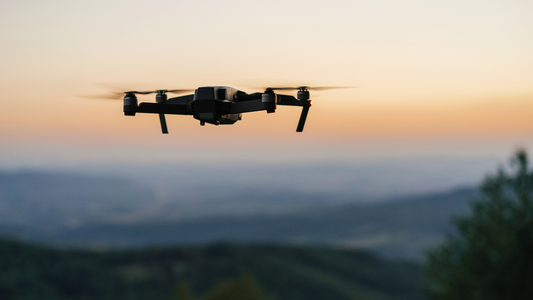Animal Safety & Aerovision: Flying Our Drones with Wildlife in Mind

This blog is a deeper dive into how AeroVision handles one of the most unpredictable aspects of drone work: animal safety.
At AeroVision, our drones go where the work is—across remote landscapes, alongside powerlines, over pipelines, and deep into the Canadian wilderness. While the mission might be infrastructure, what we often end up capturing alongside the data are quiet, fleeting moments with wildlife.
And when technology meets nature, things get interesting.
Animal Safety First: Wildlife Protocol Is Standard Procedure
Every flight at AeroVision begins with a detailed safety checklist. This goes beyond weather conditions and equipment checks. Animal safety and awareness are baked into our planning.
Our pilots are trained to keep a respectful distance from wild animals on the ground and in the air. If wildlife is observed near the launch site or along the projected flight path, we don’t take off, or we reroute. It’s not just best practice; it’s mandated.
For example, when operating under a clients Environmental Guide, we follow specific nesting bird protocols. If a bird displays signs of distress such as vocalizing, flushing from the nest, or aggressive flight, our crews halt operations immediately. If the nest belongs to an eagle, work stops entirely and a Support Biologist is contacted before any further action.
These are operational rules, logged and reported through our reporting system after each mission. Every incident is recorded, detailing the species (when known), nest activity, location, and the reason for delay.
We’re in their space, after all.

Curious Companions on the Job
Most of the time, wildlife keeps to itself. Our drones often pass unnoticed by birds flying above or deer grazing below. But not always.
We’ve had goats casually wander into the field station, sniffing at flight controllers. Foxes and raccoons have popped up mid-mission, more curious than cautious. Sightings of hawks are common, and farm animals are often curious about our presence.

These encounters make for great stories, but they also reinforce our training: don’t engage, don’t interfere, and always give wildlife the right of way.
Even our scheduling considers drones and animals in their environment. Work near sensitive habitats like wetlands are prioritized to occur during the dry season to reduce disruption. It’s not just about getting the job done—it’s about doing it responsibly.
The Bigger Picture: Flying with Wildlife in Mind
As drone operations become a standard part of infrastructure inspection, emergency response, and environmental monitoring, the industry has to answer a tough question: how do we scale up while minimizing our impact on wildlife?
At AeroVision, our answer is clear: by making environmental respect a core part of every mission. That means checking every site for wildlife activity, understanding the seasonal behaviour of species in each region, and ensuring our teams are trained to adapt when animals are nearby.
Wildlife encounters are routine in our line of work, and they’re part of what makes it memorable. But behind every funny story or candid photo is a serious process designed to protect animals and their habitats.
We believe technology should work with the environment, not against it.
Have a project in mind? Contact AeroVision to ensure it’s completed safely for your team, your site, and the wildlife that calls it home.



